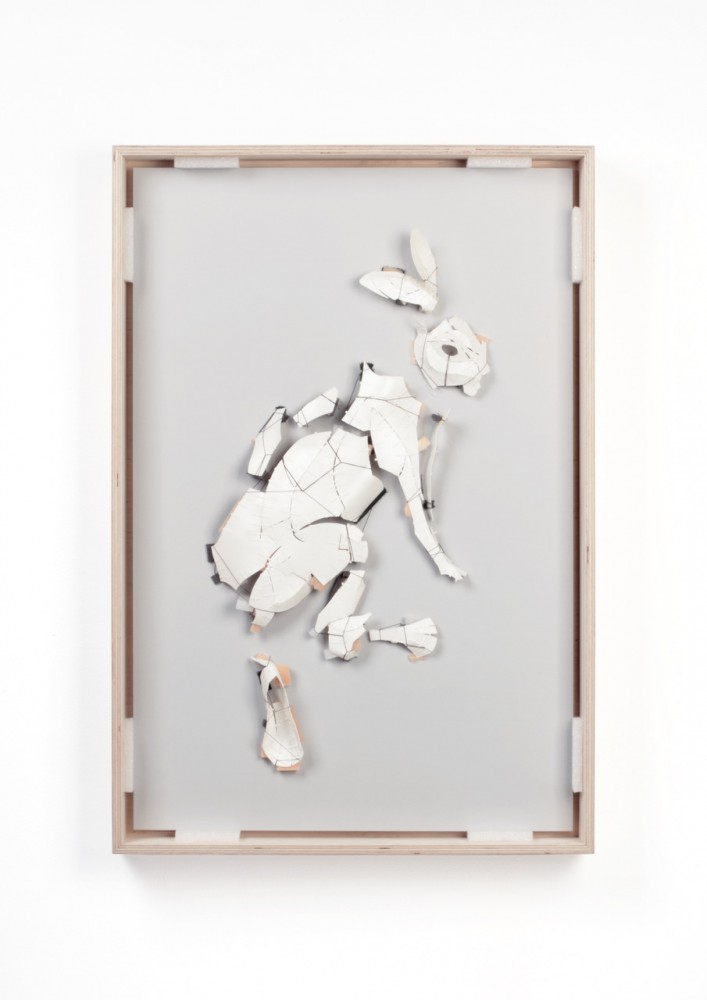kolk & kusters
Maarten Kolk (1980) en Guus Kusters (1979) both graduated with honor at the Design Academy Eindhoven in 2006 and work together since 2009. They develop autonomous projects and work as exhibition designers and curators. The poetry they find in nature, history, color and landscape are the foundation of their work. They try to translate this into objects, material applications, exhibitions and innovative production methods. Studio Maarten Kolk & Guus Kusters exhibited their work among others at Sotheby’s London, Zuiderzeemuseum Enkhuizen, Textielmuseum Tilburg, Museum Boijmans van Beuningen Rotterdam and Design Museum Holon and is acquired by several museums and private collectors.withering tableware
Thomas Eyck commissioned Studio Maarten Kolk & Guus Kusters to develop a collection in porcelain. They designed a series of tableware entitled “Withering Tableware”. This eight-piece hand painted floral dining set is produced by the renown Royal Tichelaar Makkum (est. 1572). Traditionally, paintwork on fine china is applied by hand, making it a labour intensive thus costly craft. Over the course of last year Maarten Kolk & Guus Kusters developed glazing recipes which do not require craftsmen to paint the crockery directly, but rather, the mold before the product is cast. In this way several copies of one painting can be made. After each cast the glaze further washes away and crumbles, drawing a clear parallel with withering flowers in nature. The image of the flower is clear and sharp after the first cast, withering and fading after multiple reproductions. With this collection Studio Maarten Kolk & Guus Kusters balance nature and production culture, emphasizing the beauty of both worlds. The service set consist of two plates and bowls, a cup, carafe, platter and a vase in 6 or 9 different decorations.
please click on the images below for more information about prices, sizes and delivery time
